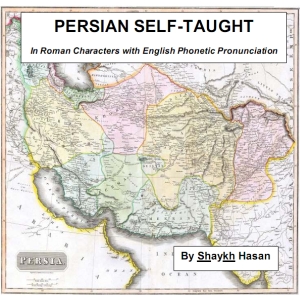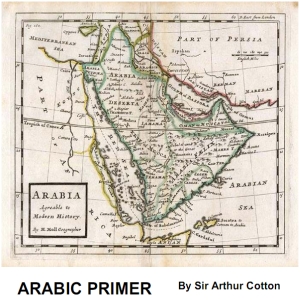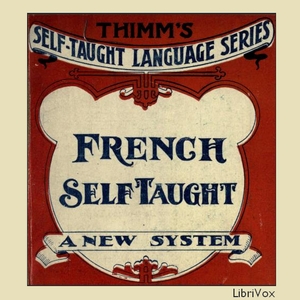- A Grammar of the Arabic Language: Preface
- Simplified Grammar of Arabic: 01 - The Arabic Alphabet
- Arabic Simplified: A Practical Grammar of Written Arabic in 200 Lessons: Lessons 001 - 005
- Arabic Simplified: A Practical Grammar of Written Arabic in 200 Lessons: Lessons 006 - 010
- Arabic Simplified: A Practical Grammar of Written Arabic in 200 Lessons: Lessons 011 - 015
- Arabic Simplified: A Practical Grammar of Written Arabic in 200 Lessons: Lessons 016 - 020
- Arabic Simplified: A Practical Grammar of Written Arabic in 200 Lessons: Lessons 021 - 025
- Lessons 55 - 57 from A Practical Arabic Course
- Lessons 58 - 60 from A Practical Arabic Course
- Arabic Syntax chiefly selected from the Hidayut-oon-Nuhvi: Chapters 01 - 02
- Al Adjrumiieh: English Text
- Miut Amil and Shurhoo Miut Amil: Book I - The Miut Amil
- Miut Amil and Shurhoo Miut Amil: Book II - An Arabian Tale illustrating particles of the Fourth Class
- Miut Amil and Shurhoo Miut Amil: Book II - An Arabian Tale illustrating particles of the Fifth Class
- As-Salátu'r-Rabbíyah (the Lord's Prayer from the Gospel of Matthew) [Arabic] (Van Dyck Translation)
- Arabic Reading Lessons: Al-Qur’án: Suratu'l-Fatihah [Arabic/English]
- Al-Qur’án: Hizb 60, Súrahs 087 – 114 [Arabic]
- Qayyúmu’l-Asmá’: Súrah 041: Súratu’l-Kitáb [Arabic]
- Al-Kitábu’l-Aqdas: 001 – 019 [Arabic]
- As-Salátu'l-Wustá (Medium Obligatory Prayer) [Arabic]
This is a collection of chapters and sections from materials designed to teach the Arabic language, as well as reference materials related to Arabic, materials about the Arabic language and a selection of materials in Arabic to allow the student to practise his or her listening comprehension skills and pronunciation. The materials include course books, modern grammars and traditional Arabic grammatical works, including the Ajurrumiyyah of Ibn Ajurrum and the Mi'at Amil of Jurjani. They each focus on different aspects of the two core science of Arabic grammar, viz. nahw (syntax) and sarf (morphology). Some of the Arabic-language materials come from religious books, such as the Holy Qur’án, which has been studied by new students of Arabic for more than a thousand years, as well as al-Kitábu’l-’Aqdas (the Most Holy Book) of Bahá’u’lláh, which comes from the most recent of the Abrahamic religions. I hope that this collection will provide the student with the tools he or she needs to begin studying the Arabic language. Listening to audio materials, however useful, must be combined with study of the writing system, reading written texts and practical exercise of the language. (Summary by Nicholas J. Bridgewater)
There are no reviews for this eBook.
There are no comments for this eBook.
You must log in to post a comment.
Log in











